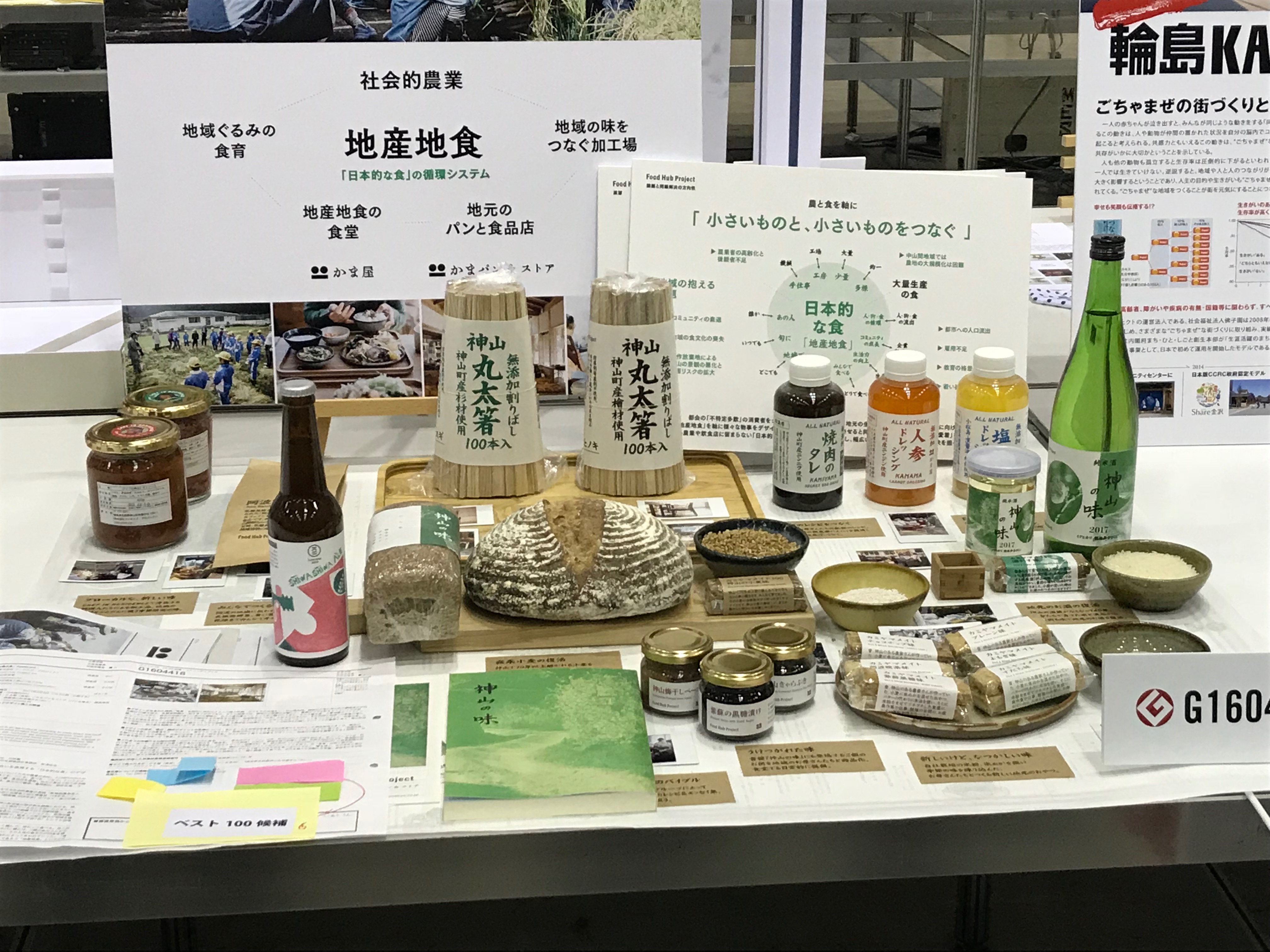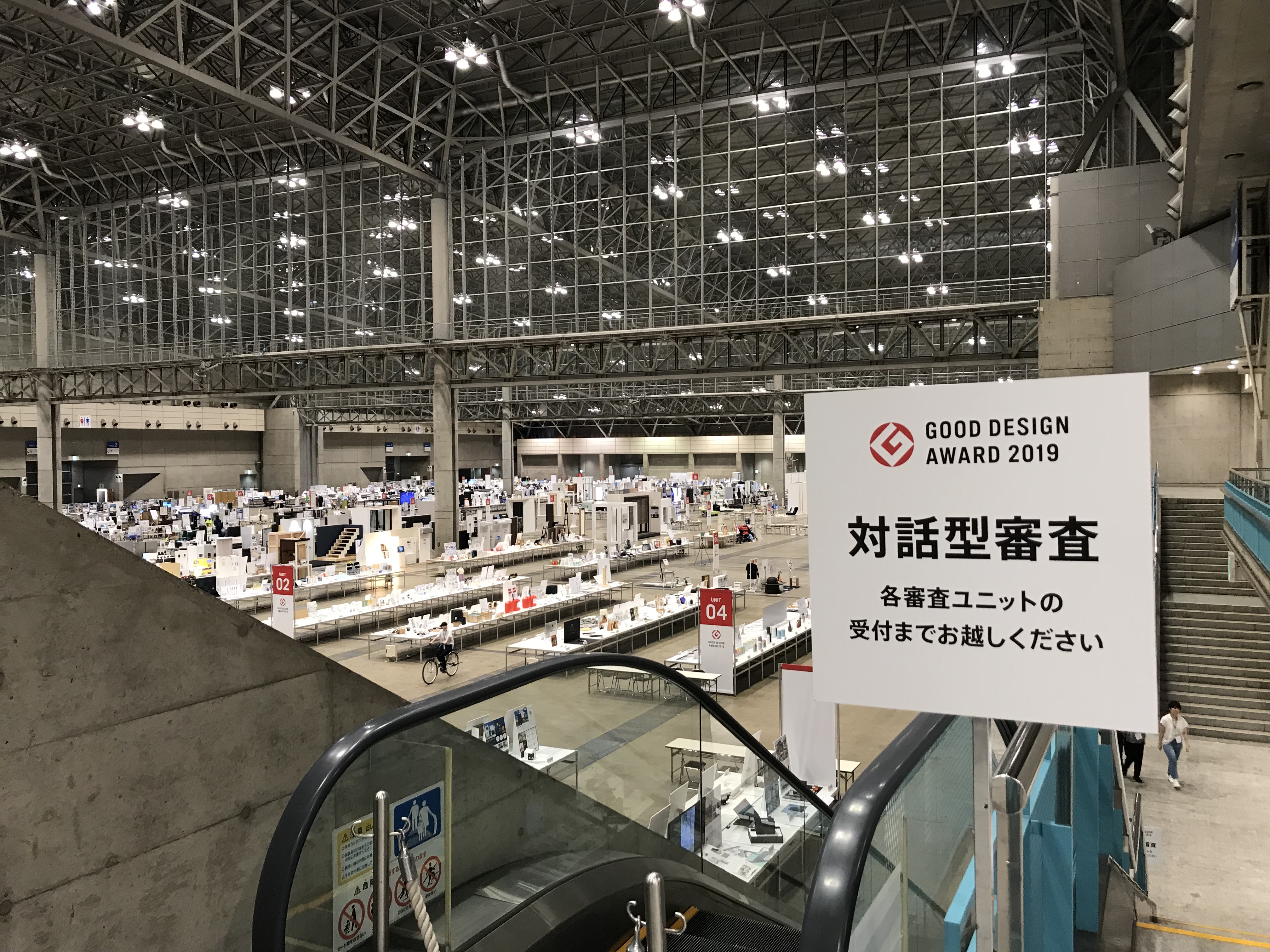十分視覺整合設計有限公司創意指導 章琦玫
Optima Integrated Design Creative Director
Article of famous designers
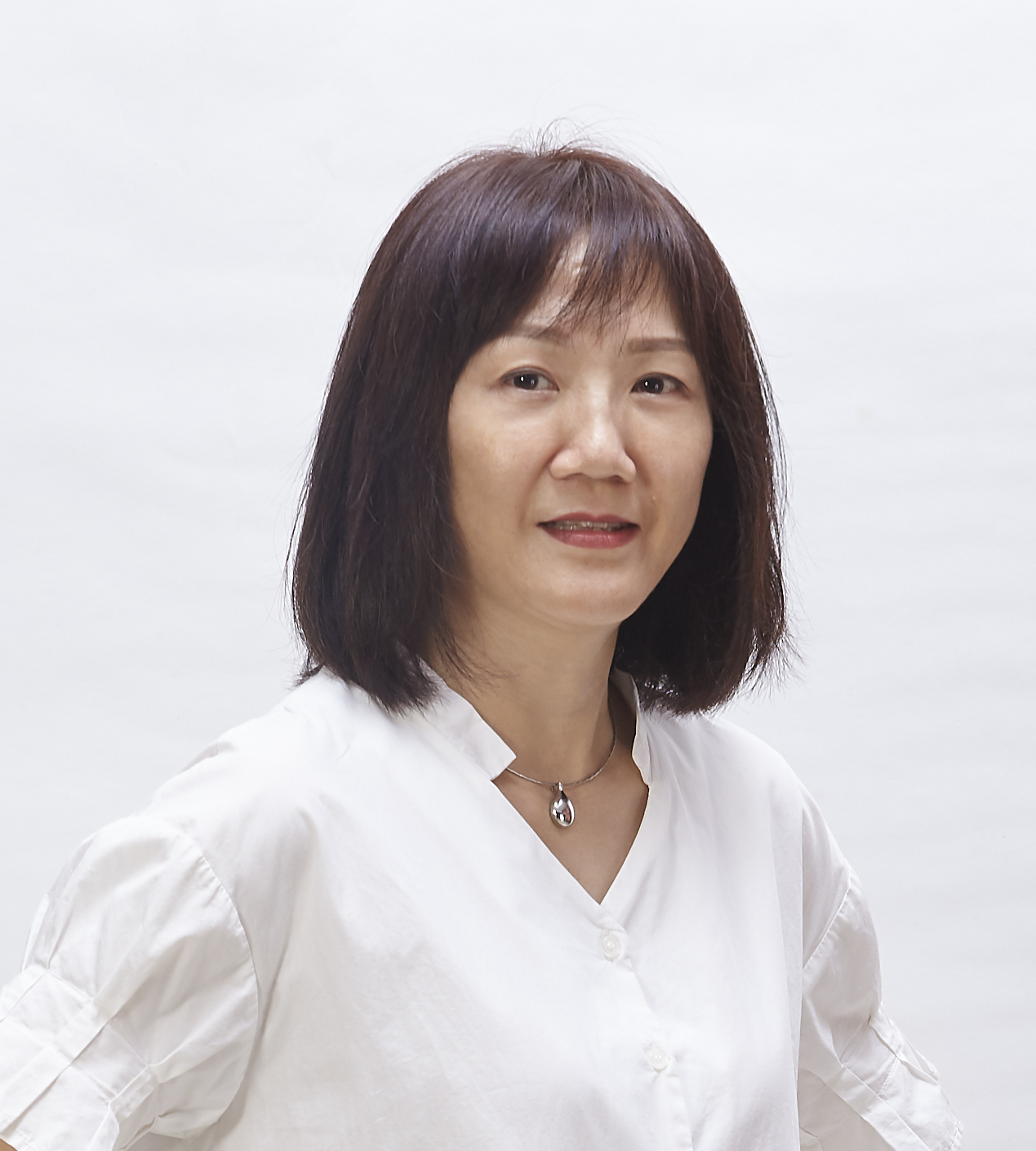
十分視覺整合設計有限公司創意指導 章琦玫
Optima Integrated Design Creative Director
Effective strategies push Taiwan's design capability to the world
Over recent years, Taiwan has been acclaimed repeatedly in international competitions. Accumulating great reputation, design turns into a mainstream discipline that gained great popularity and attracted plenty of students who hope that the design curriculum may build up their design capability and make them become designers of the industry when entering the workplace. This did not come from nowhere. 14 years ago, it was Professor Apex Lin who began hosting a program organized by the Ministry of Education "to encourage students to participate in international art and design competitions". The success of the program wrote a new page that emboldens students to open their minds and views and march toward the global arena while paving the way for future Taiwanese designers to claim the stage and voice themselves through gradual international exchanges. Furthermore, the power of design greatly boosts national power. Public sectors have become more susceptible to incorporating design, which can be manifested in their daily thinking as well as policy communication. Such trends also increase the entire nation’s awareness of life, taste, aesthetics and so on.
60 tears of good name, the making of good design
As a juror for design contests from home and abroad, I have stood in front of tens of thousands of works. What I picked up is, a good design values the perception of "being human" and interaction of behaviours rather than simply having a good look. They would more likely catch the attention of jurors. Therefore, a tiny document clip with a prolonged handle that lessens the discomfort of the holding fingers, or a ruler with anti-slip stickers at the back that doesn't stress the "beauty of design" so much, a small but meaningful improvement can deeply touch the jurors. It's an honour for me to serve as the juror for two renowned global competitions, iF Design Award of Germany and the Good Design Award of Japan. Both competitions have more than 60 years of history, not only are they acclaimed by the world, but also trusted, lauded and keep up with times. iF Design Award is established with design institutions from within and outside Germany, and has 12 branch offices around the world (Taiwan, South Korea, Japan, China, India, Turkey, the Netherlands, Brazil, Spain, Portugal). iF supports its winners to develop business, helps corporates to gain market recognition, and is very market oriented in providing pragmatic support. The iF Talent Award creates a platform for emerging designers to manifest their power while the iF Social Impact Prize calls for plans that benefit the society. On the other hand, the Good Design Award of Japan orchestrates businesses from its Tokyo headquarters. While continuing to establish collaboration with design awards from design associations in Asia, including Thailand, India and Singapore to publicize products of Japan, it also works with design institutions in Taiwan, South Korea and Hong Kong to participate in the local competitions as judges. The two awards have distinctive features in its system, I will share the process and analyze how both awards select their winners in the following paragraphs.
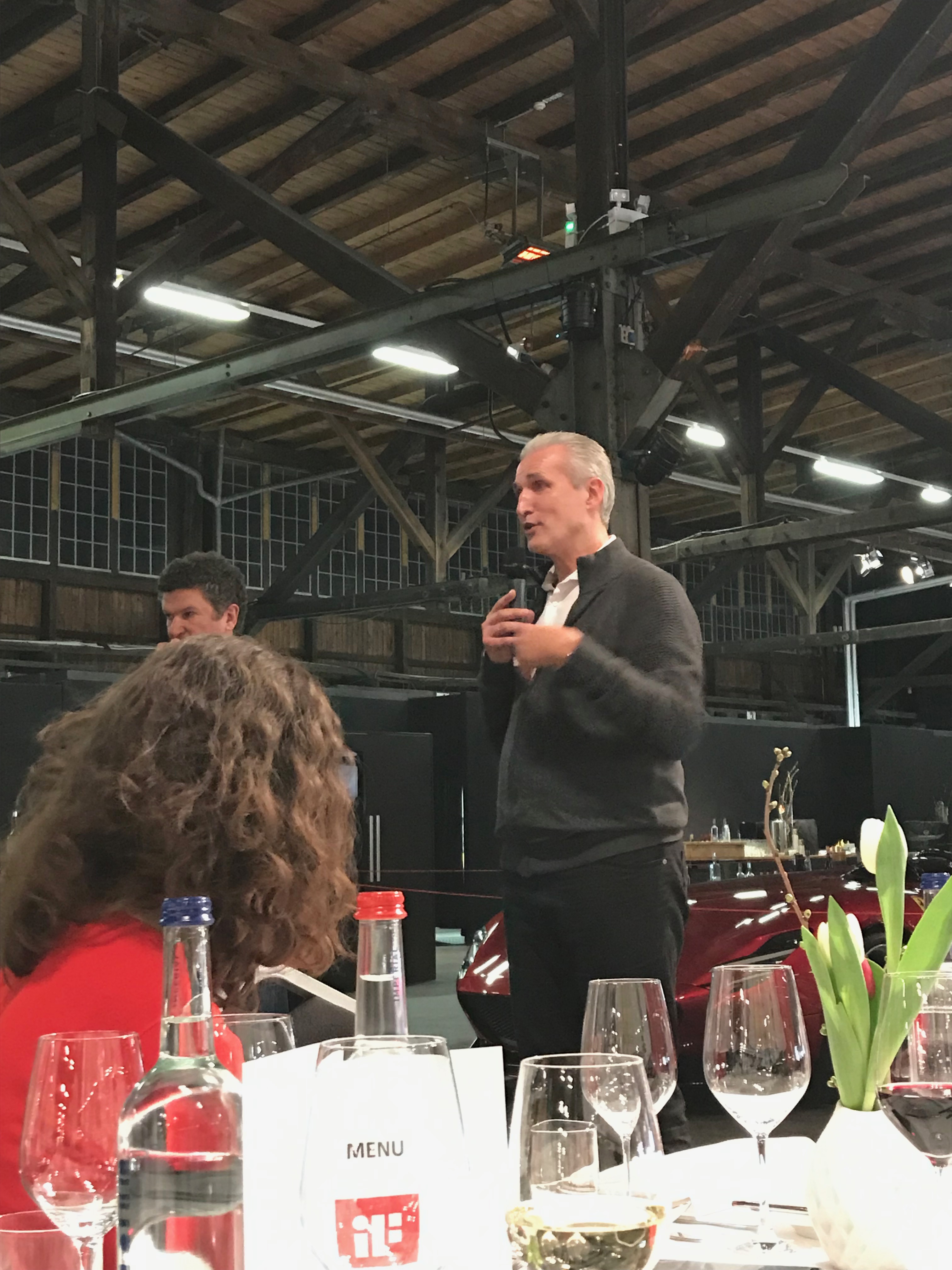
Welcome party (iF CEO Ralph Wiegmann's welcome remarks)
iF: a win win of pragmatic design and economic benefits
Founded in 1954, the iF Design Award contributes greatly to the economic benefits generated from design and the leap of people's value over design. The objective of its establishment is to elevate the general public's awareness of design. It positioned itself to attend to both perspectives of design and economics, and be a network of communication to provide professional services. The awards includes: iF Design Award, iF Design Talent Award, and the iF Social Impact Award added in 2017, which was established under the UN's goals for sustainable development, in hope to bring substantial solutions to the society and help it progress. 7 disciplines are divided for the iF Design Award: product, packaging, communication, interior architecture, personal concept, service design, and architecture. Under each discipline there are even more subcategories. Around 60 to 70 design and industrial jurors from around the world are to select 75 works to be featured in the iF World Design Guide (https://ifworlddesignguide.com/).
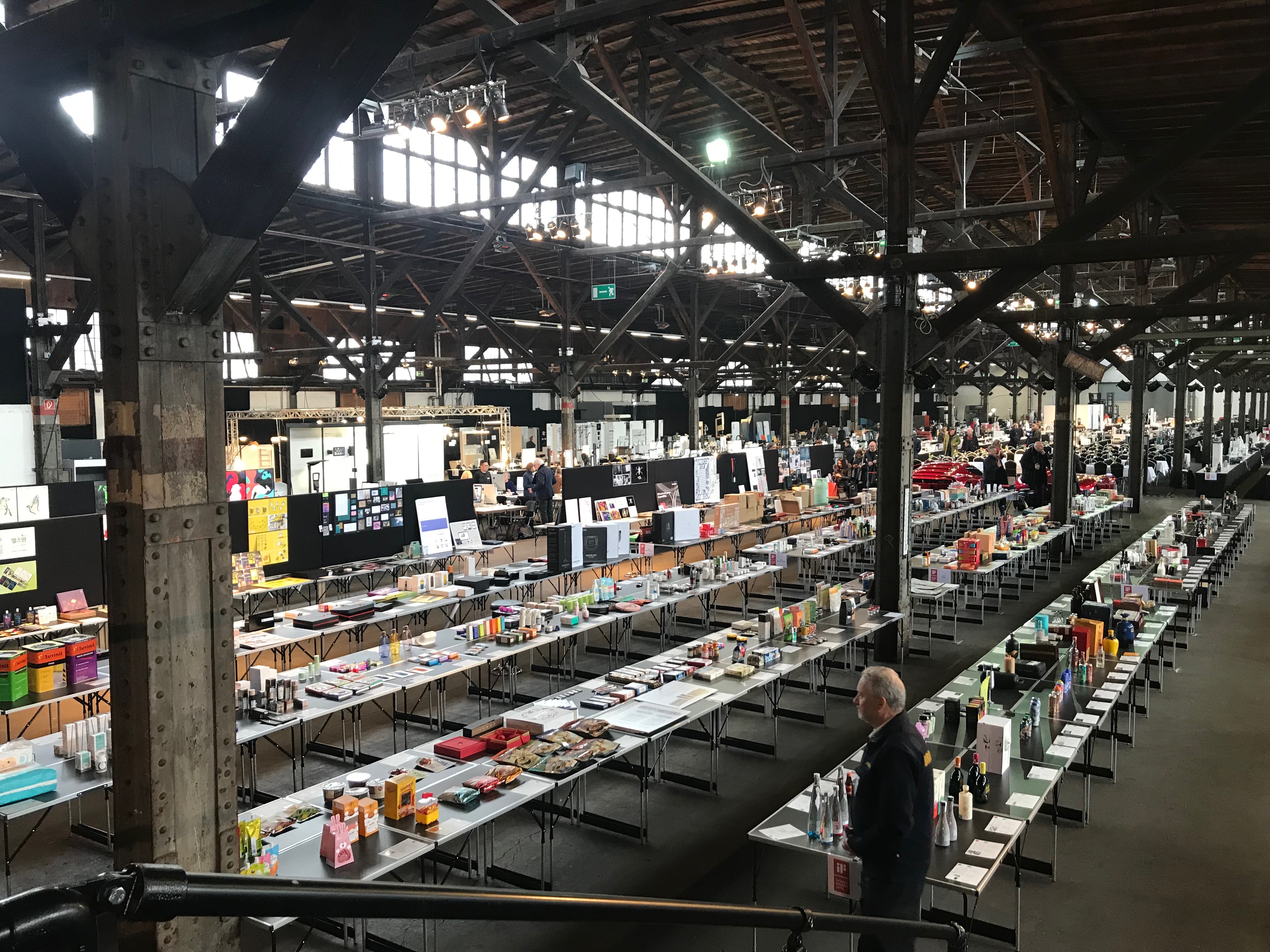
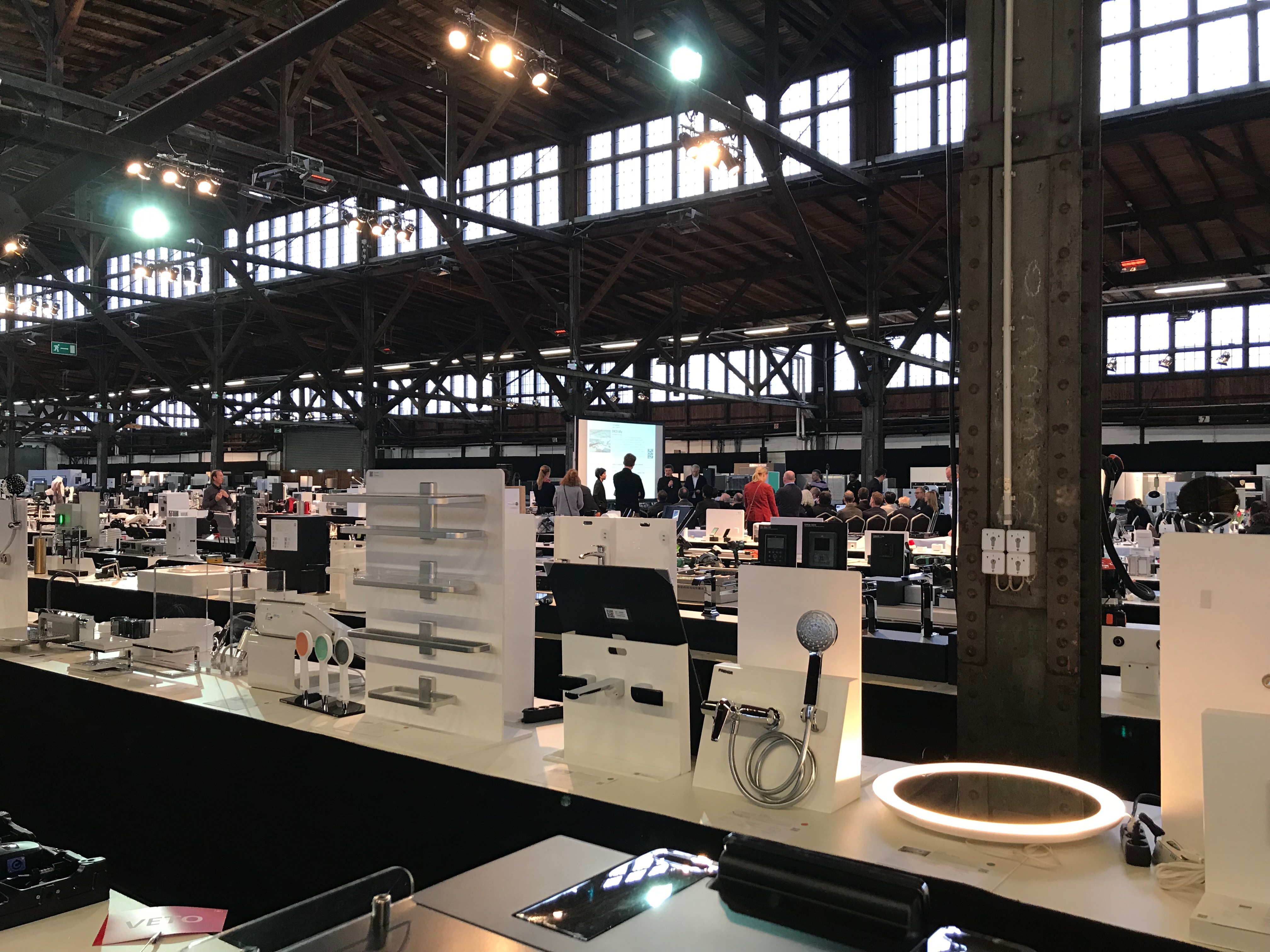
Site of judging
As a renowned international competition, high volume of work submissions can be expected. In my experience, such competitions have a preliminary selection which will be conducted online, followed by a secondary selection hosted in the organizing country. At the site, jurors will note down the works they favor, the ones with the lesser votes will be eliminated. However, all iF Design Award winners are selected onsite by the jurors, meaning there are no preliminary selections online. A warehouse piled with submissions is there for all jurors to review the works. Jurors from the same group go by and discuss every single design before reaching a consensus. The advantage of this is to have deep understanding and sufficient background information of the work so that the votes are not based on personal favor. Therefore, it takes longer to decide the result of one design, which is dependent on a majority of votes. For composition related design (e.g., I participated in the jury for packaging design), jurors deconstruct, reassemble, drop the work to test if the design can endure being flipped, shaken, opened, used, and to ensure its functions, as well as if it damages the environment. That is a new lesson for me, and the most diligent selection process I experienced in my memory to date. By the second day when all works are reviewed once more, the most important job is to shortlist three gold winners of each discipline through scrupulous discussions. And here comes the time of heated debates, aspects of the industry, corporates, consumers, construction, visual, creative, communication, environment protection and so on are all tackled. The results are still based on a vote of majority, and the reasons for a design to be selected as gold winner would be documented to mark the end of jury sessions. In 2019, we encountered a stalemate within our group and asked for an addition to the fourth gold but didn't work out. It left me with a sense of regret.
VETO: one of the most standing features of the iF Design Award judging. It's also a life-changing stage where jurors speak for the work they root for, veto the work they find not as qualified but got chosen, and fight for the chance to have another discussion for the works they deem worthy. The person who casts a veto vote may vindicate the work and asks all participating jurors to determine based on a majority the qualification of the design. The proposing and opposing sides make their statement to fairly examine the design. If the design obtains the favor of most jurors, it is qualified as a potential winner. Rather, the design that is less qualified would be eliminated under the scrutinising system. The process is highly time consuming, but is also the most brilliant part to debate on the pros and cons of design. Not to mention it being a silver lining for the design proposed to have another round of discussion. The entire process is closed after the veto discussion. This is also a rare opportunity for learning since the questionable or undiscovered elements of the design get to be brought to light.
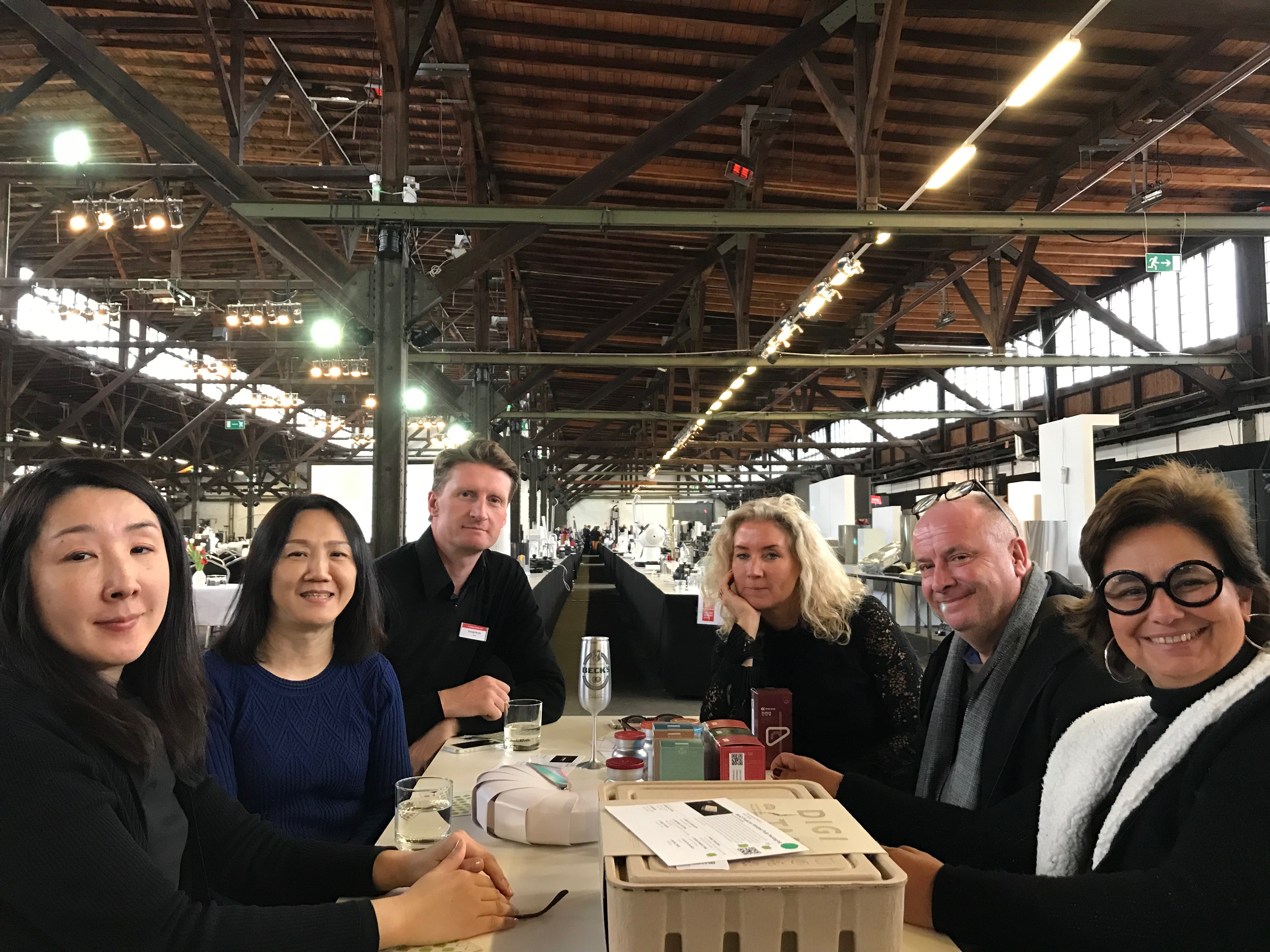
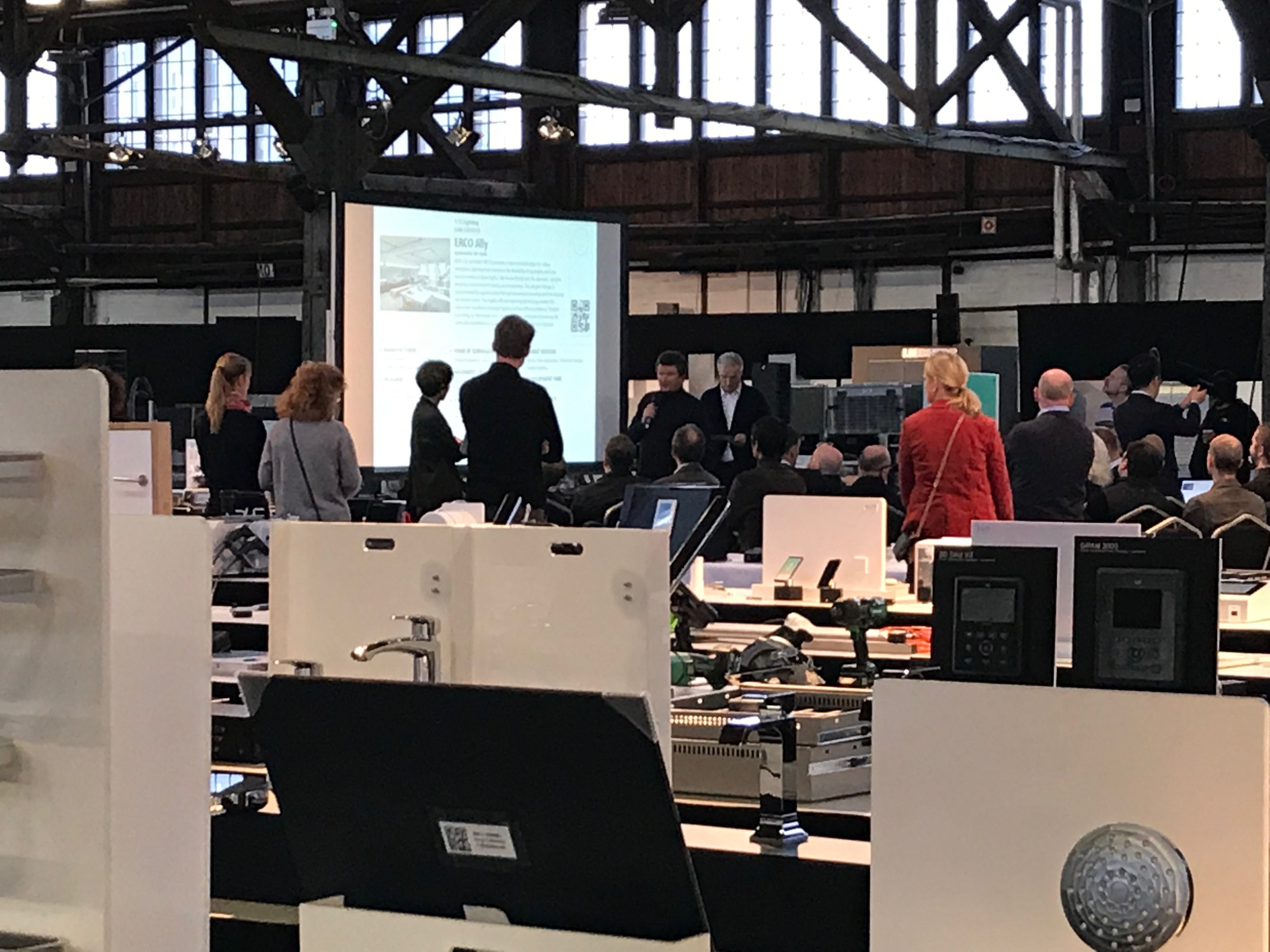

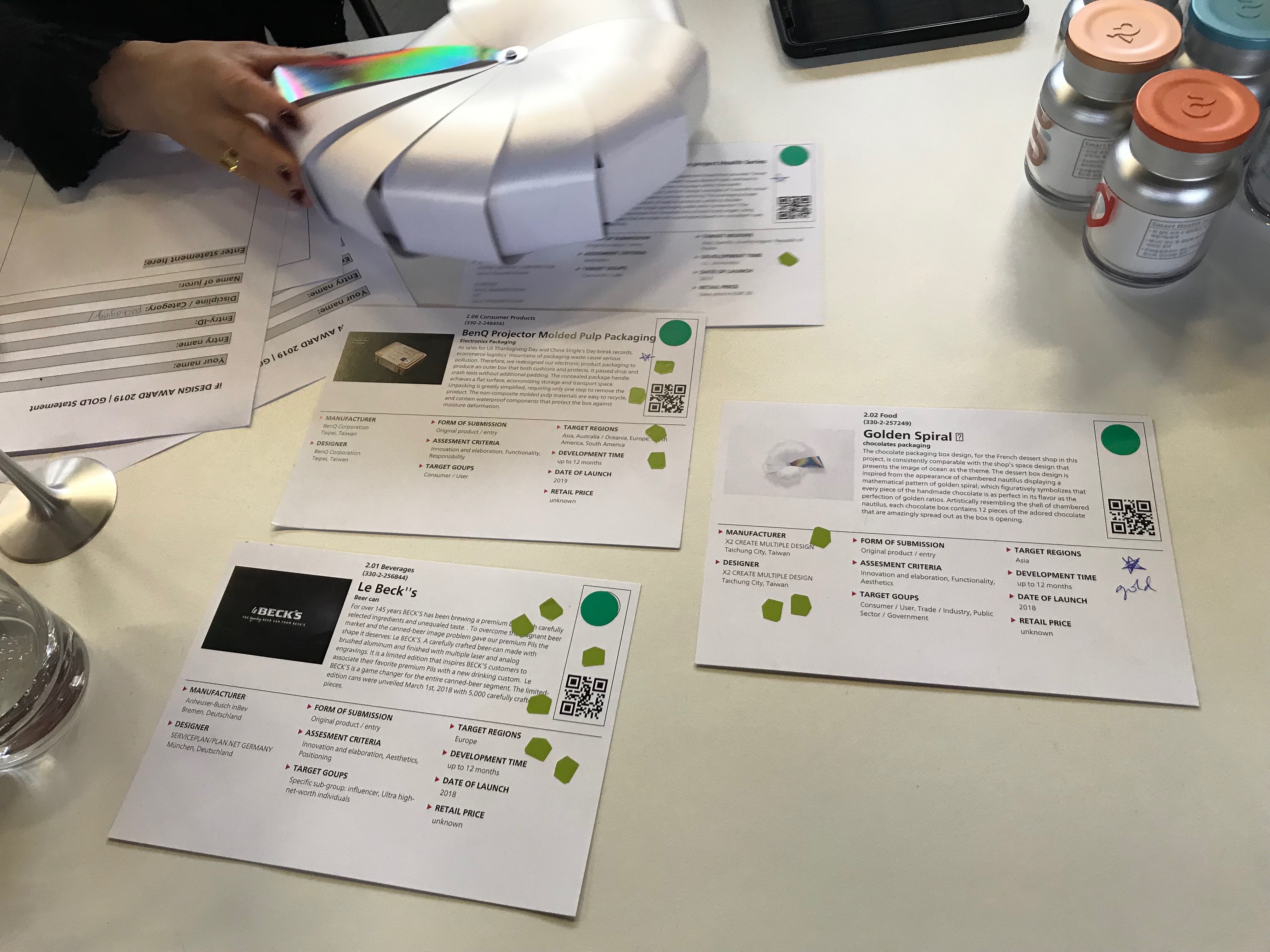
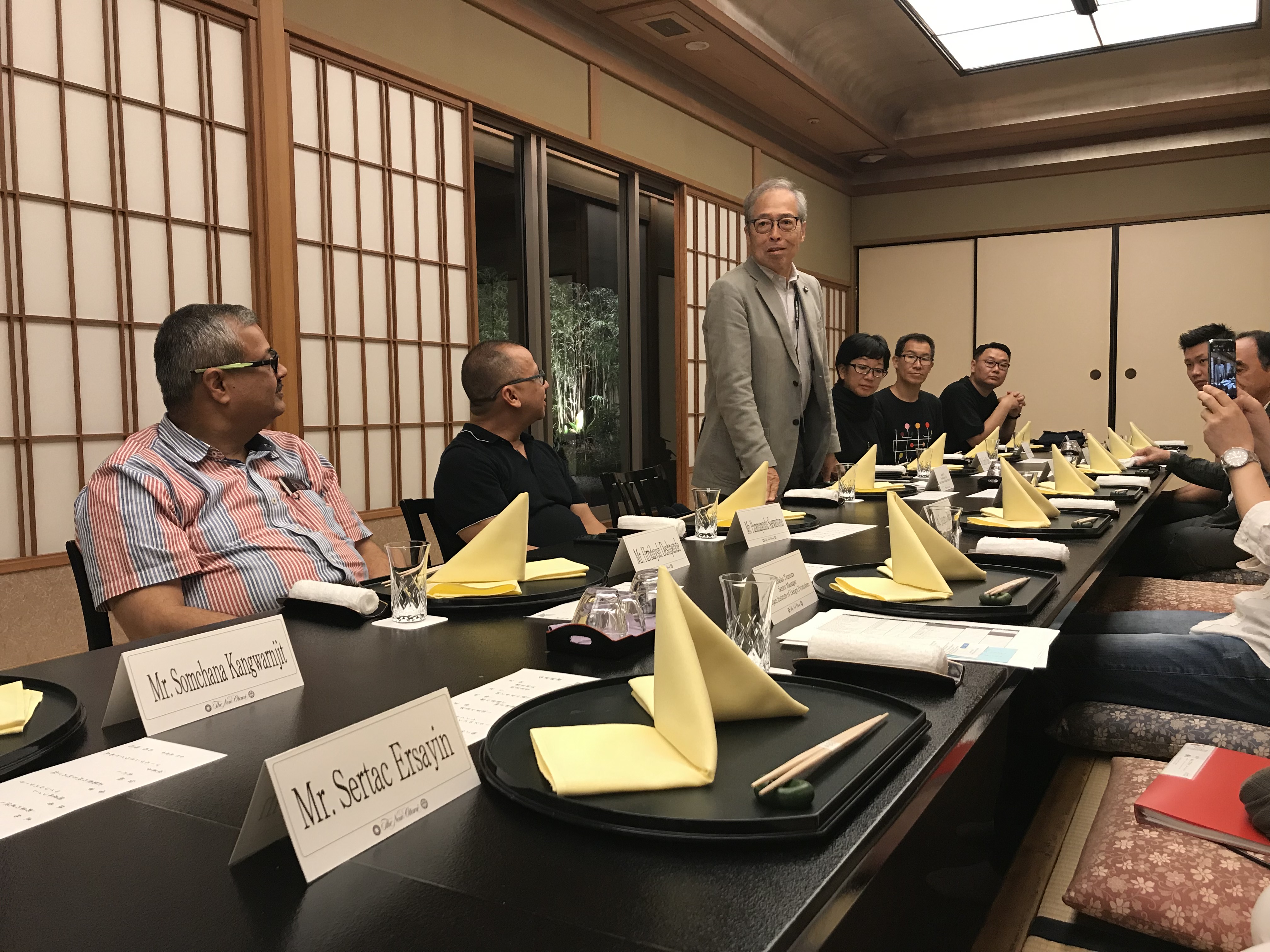
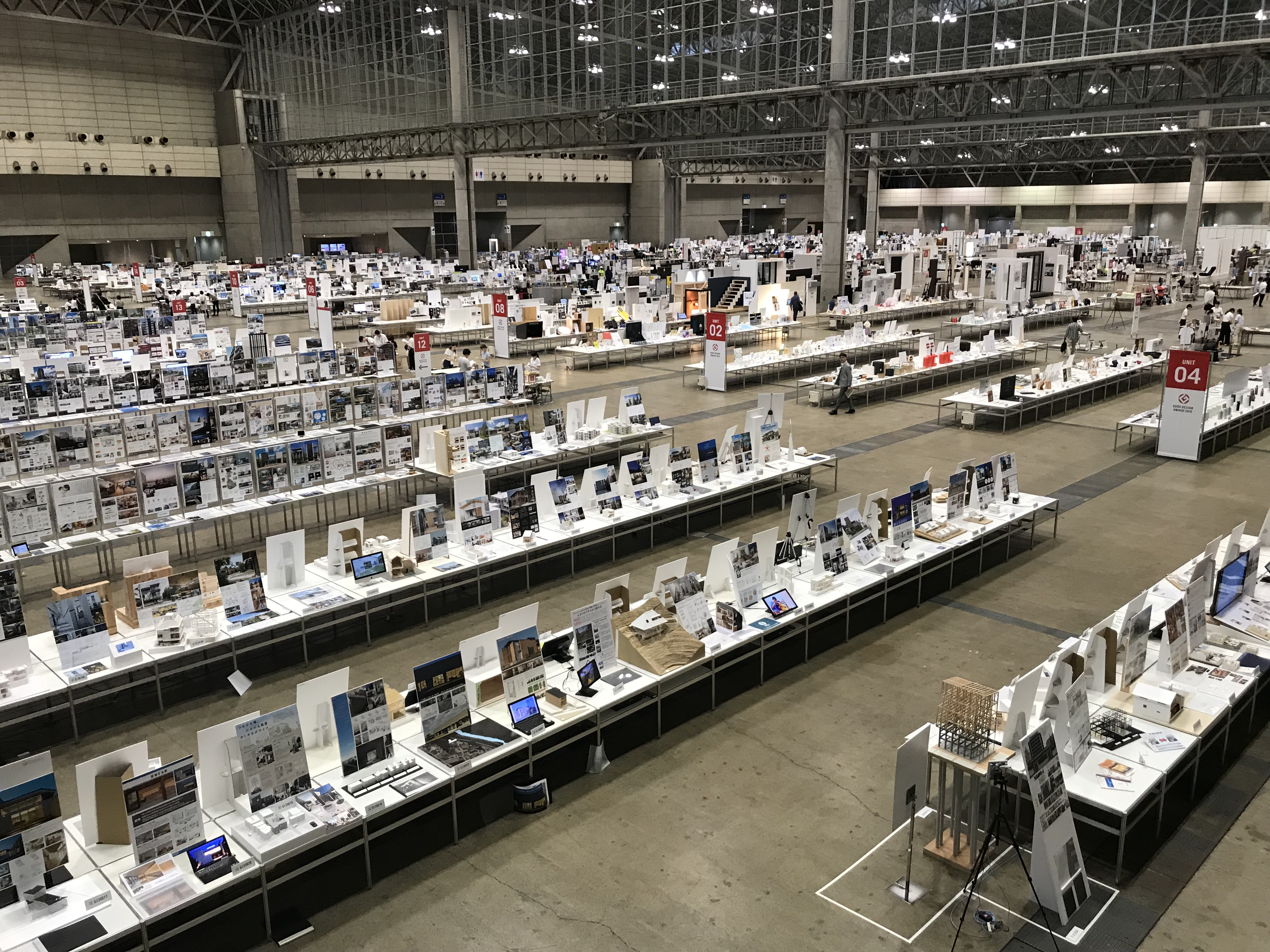
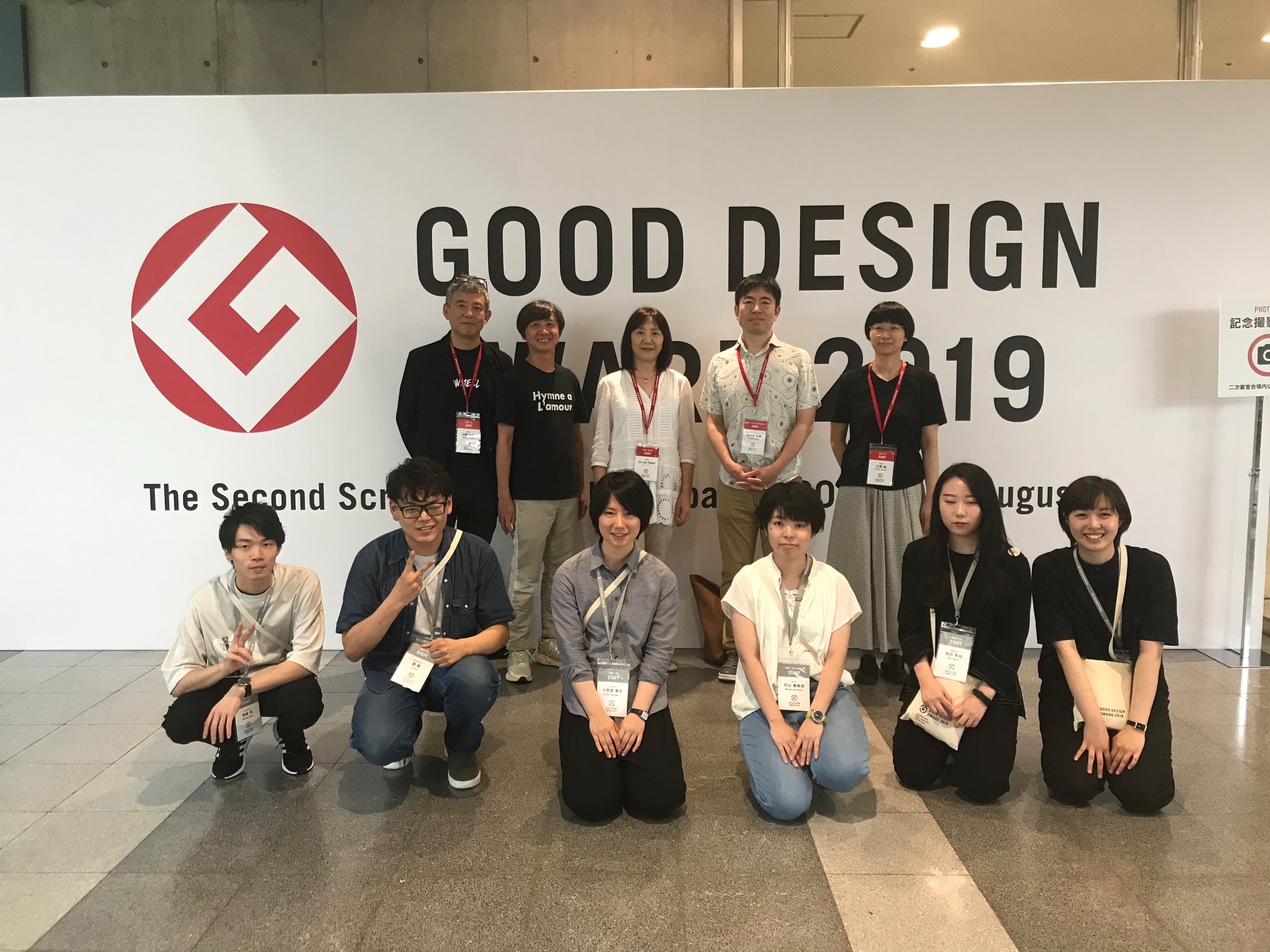
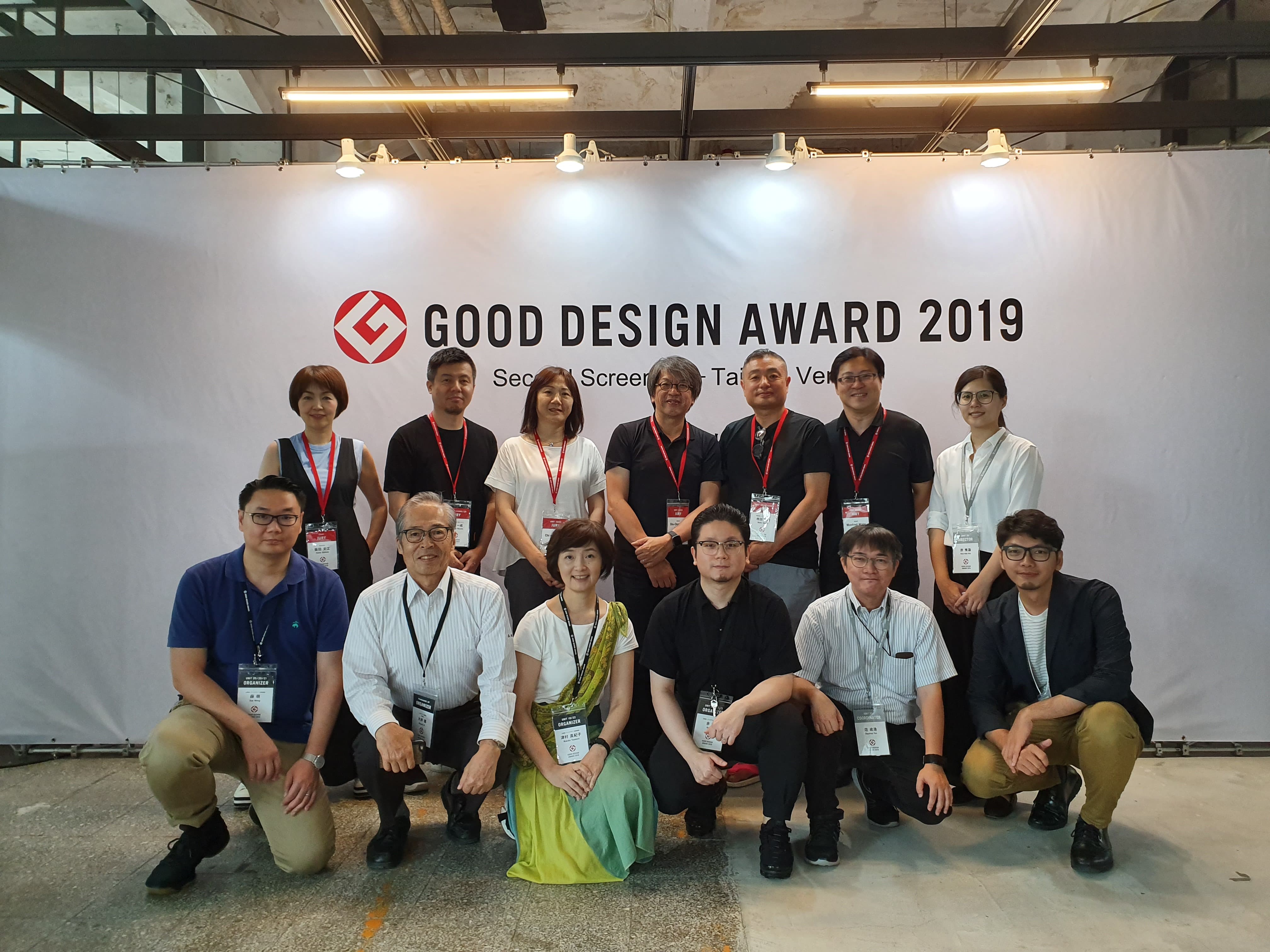
2019 Japan judging site, full assembly of judges and staff(left)、2019 Taiwan judging site, full assembly of judges and staff(right)
Now, the perspective of design shifts from "the industry" in the previous century to "people living in the future" in this century. Design that looks into broader perspectives such as human and environment, life changing, influences to the society and caring for the minority, such as placemaking initiatives, are attracting more participation and attention. All entries are launched or to be launched to the market, works that to be launched under the collaboration of the industry and academy are qualified for entry too. Works are selected based on whether they can endure the examination from the industry, the society, users and time, as well as if it provides solutions through adopting new technique or reasonable materials, if it proposes new concepts or practices to facilitate sustainable development for the society, if it offer trustworthy cares for the general public or mentally/physically challenged people to access to, if it is based on the former achievement and improves along with the time, and is it over packaged and threatening the environments. The category of design entries span from product, packaging, media, system service, to architecture and so on. The awards are divided into Good Design Award, Good Design Best 100, and special prizes selected from the Best 100 of respective categories, including Good Design Gold Award, Good Focus Award, and, among all Good Design Gold Award winners, 20 would be shortlisted as the Good Design Award Finalists, and lastly, the Good Design Grand Award is selected from the finalists. The judging committee consists of a chair, a vice chair and around 90 jury members from home and abroad and of various professional backgrounds (I once counted some 30 different titles from the members). The composition is relatively rare in comparison with other design competitions. Generally, a jury of a design competition is composed of professionals related to that category of design. Good Design Award, however, invites therapists, lawyers, engineering researchers, journalists, TV producers, procurement and project managers, public health researchers, textile coordinators and so on to judge, in hope to select good design from broader and more diverse perspectives.
The Japanese are known as being cautiously careful when handling things, and it is especially true in the process of judging. After the preliminary selection is done online, all jury members will go to the site of the competition to do the secondary selection that takes up three days, and then the winning items shall be checked and confirmed one by one. In the preliminary selection, jury members use different colors of post-it to screen out the items to be eliminated. The remaining ones would be filed after jurors of different categories go through them one by one. For those who don't get enough votes or not even one vote would be reviewed once more to make sure no brilliant design is left behind. The next day, the “interactive hearing " will unfold on site. This approach can only be seen in the Good Design Award, and is one of its greatest features. The designer of the work has a total of 3 minutes to speak for the design and answer the questions from the judges. This is when they get to overturn the status of their design, to get re-selected, or, on the other hand, to get excluded for toppling the original perception of "good" of the judges. G Mark also adopts a confidential judging mechanism where partitioned chambers are set onsite for the display and explanation of works yet to be launched or under undisclosed development. Judges shall have another round of comprehensive discussion after the former processes are completed to make sure who is qualified for the Good Design Award. Next, they select 8 to 10 finalists to vie for the Best 100, which the "unit leader" of the jury members will decide the results. On the third day, the organizer holds a seminar for the Best 100 where unit leaders explain why the design is chosen and all judges can participate voluntarily. This, to me, is the best and the rarest opportunity for learning because I get to absorb knowledge outside of the domain that I excel in.
Usually the entries of a design competition are required to be reviewed on the site of the organizer. However, G Mark employs an entry review mechanism outside of Japan. Currently Taiwan, Hong Kong and South Korea are singled out as judging sites. The approach is developed by the Good Design Award (and the Golden Pin Award of Taiwan also tries the same mechanism in recent years). Judges who have participated onsite selection in Japan would join in selection through digital devices, along with several other judges (depending on the amount of the entries) appointed by the Japanese organizer. If the selection is held in Taiwan, three of the local judges and another three appointed by the Japanese organizer are grouped as the jury. One of the Japanese judges serves as the head of jury, the 6 judges have thorough discussion and go through the exact process as in Japan. The head, when returned to Japan, shall brief all judges in Japan on the selected works, and have the works reviewed together with the ones in Japan to get the final result.
Lean design, less is better
Extravagant appearance, complicated packaging do not attract the attention of the judges as they used to. So how can one stand out among thousands of entries? Simple design language, clear visual communication, resonating design highlights, improvement to the details for use and function that tend to the needs of users, are the ones that determine the judges' perception. Participants of competitions are all eager to win. My experiences told me that no details from submitting the work to the display on site should be left unattended. For competitions whose preliminary selection is conducted online, participants can shoot a short video as supplementary explanation to the design. This has been proven to be very effective. Pay attention to the time and rhythm of the video, since reviewing abundant work is time and energy consuming, a well cut video can help judges understand the work quickly. Videos with good quality and ambience would add value to the design. Remember only provide simplified key points to illustrate your work, because it would be such a shame for a good design to be overlooked in the preliminary selection. This is your ticket to be at least selected in the first round. As for whether the actual value can be spotted by the judges, it depends on luck and chances.
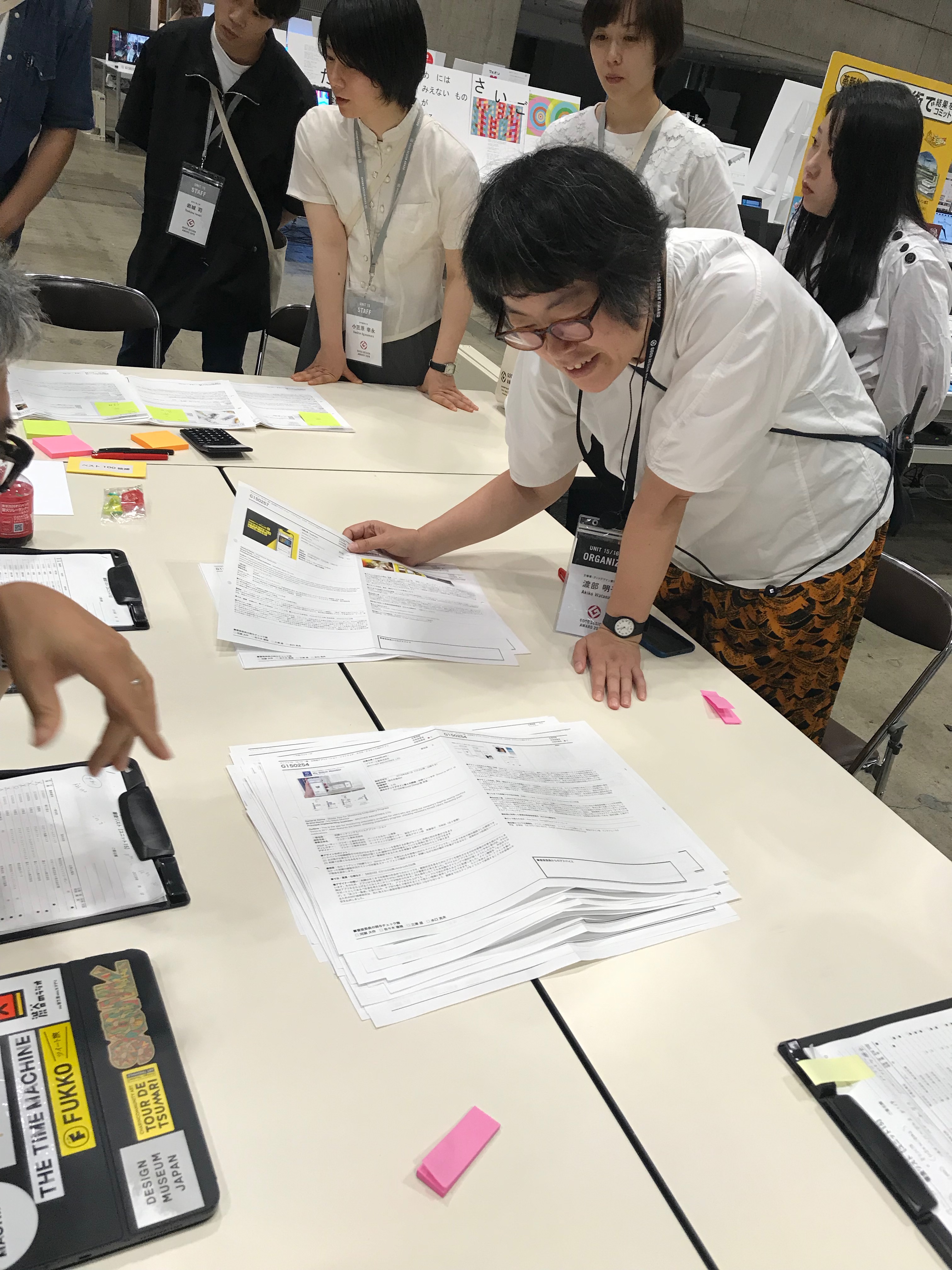
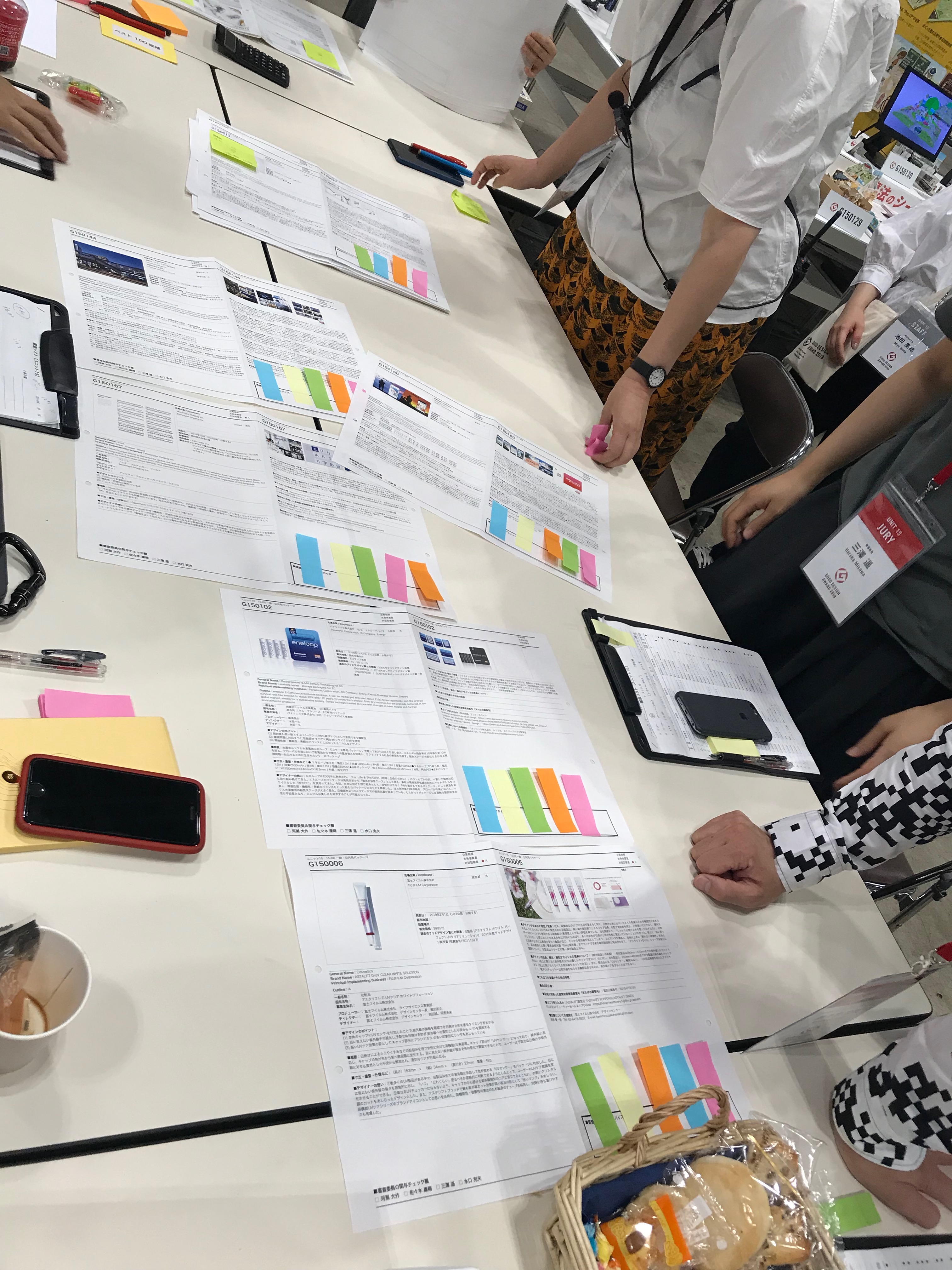
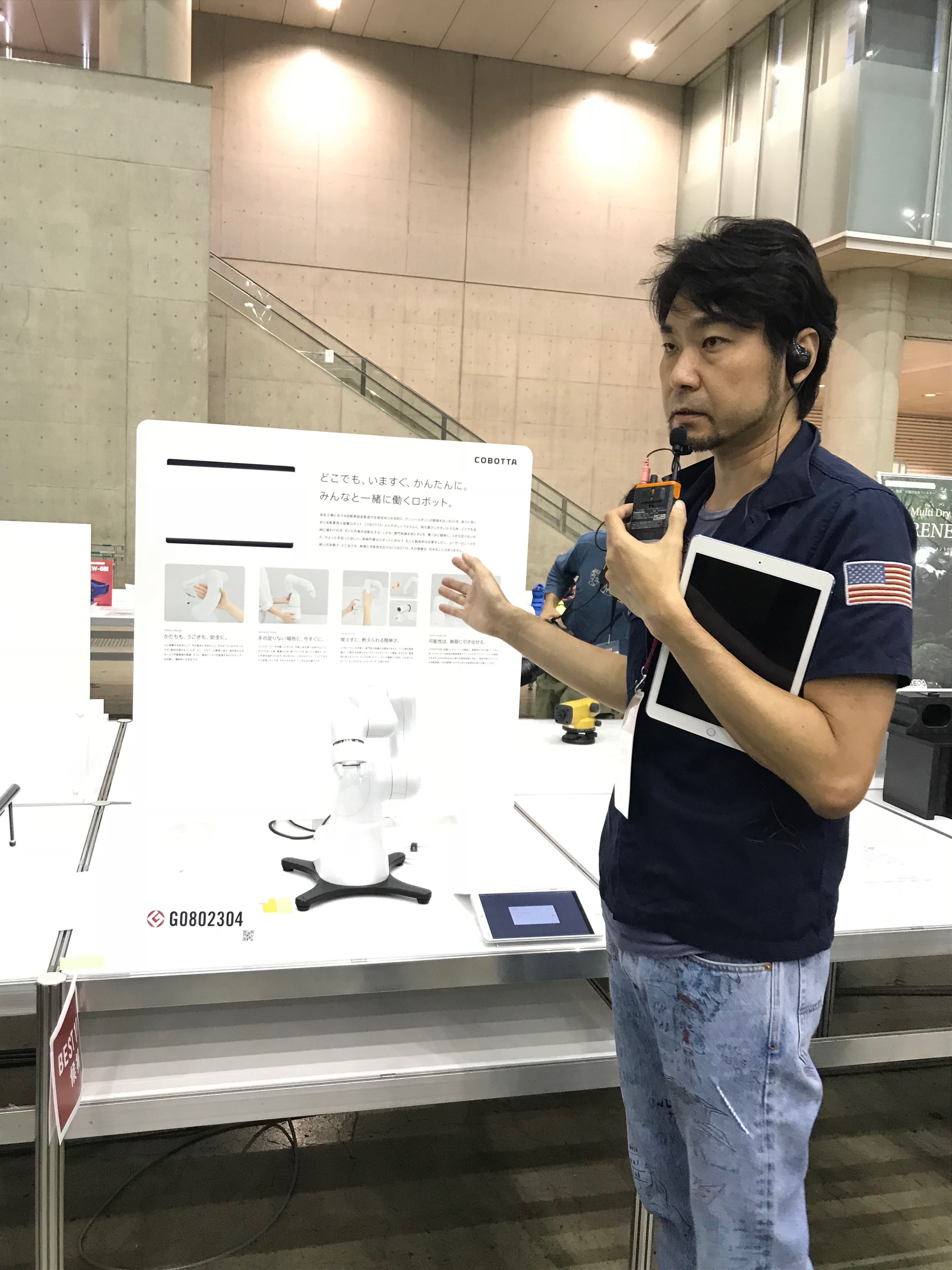
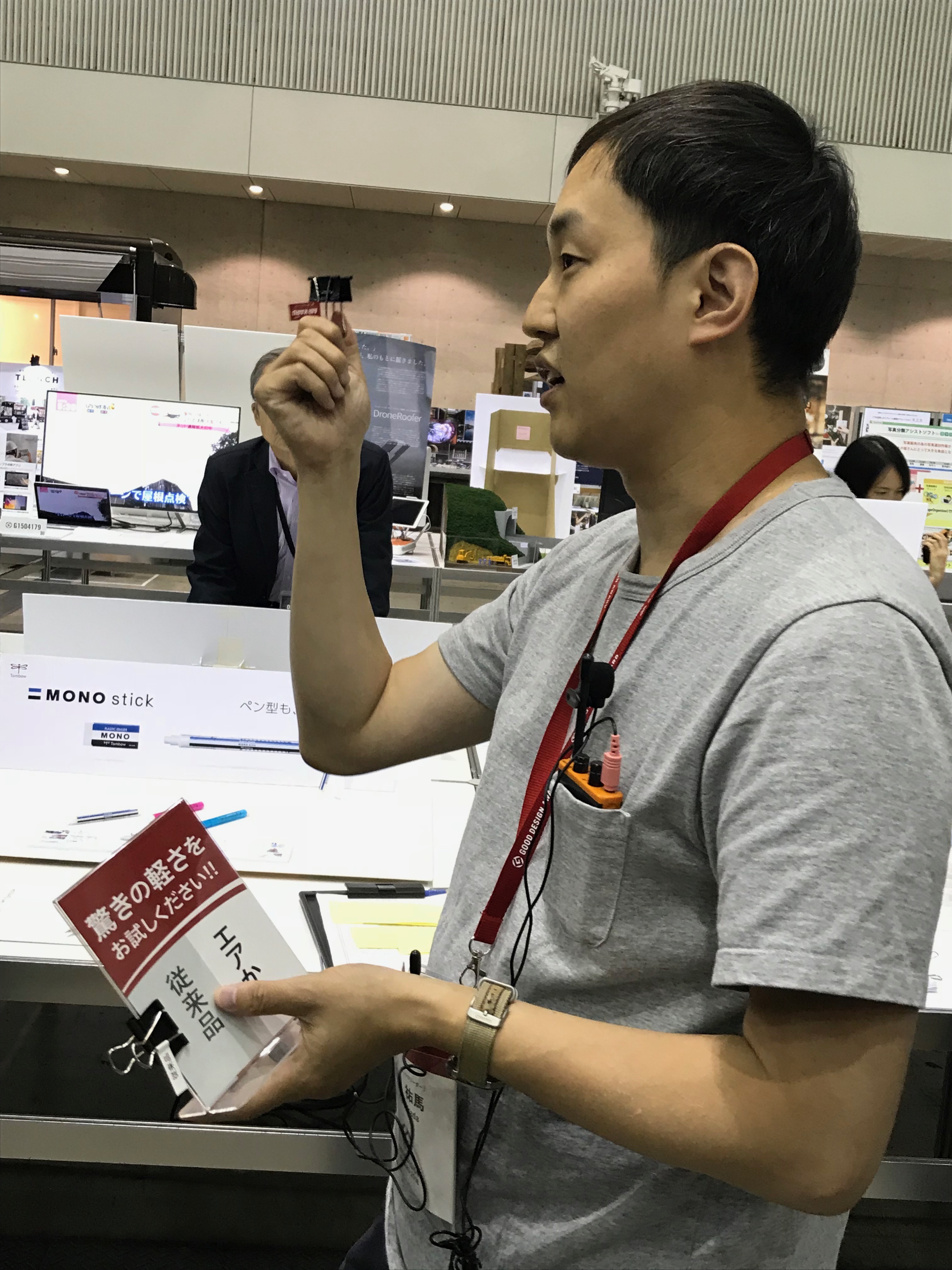 All judges have another round of comprehensive discussion for Best 100
All judges have another round of comprehensive discussion for Best 100
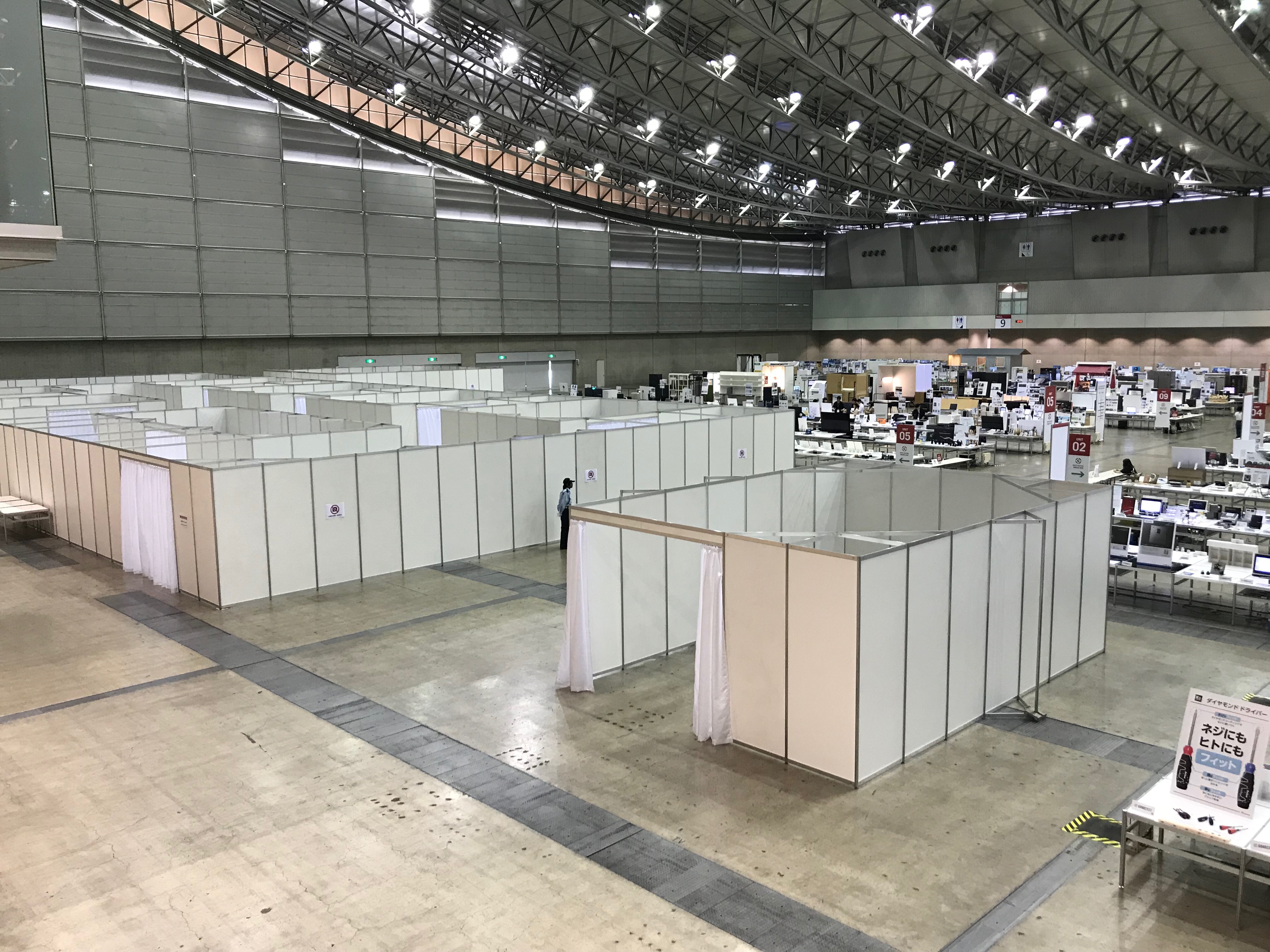
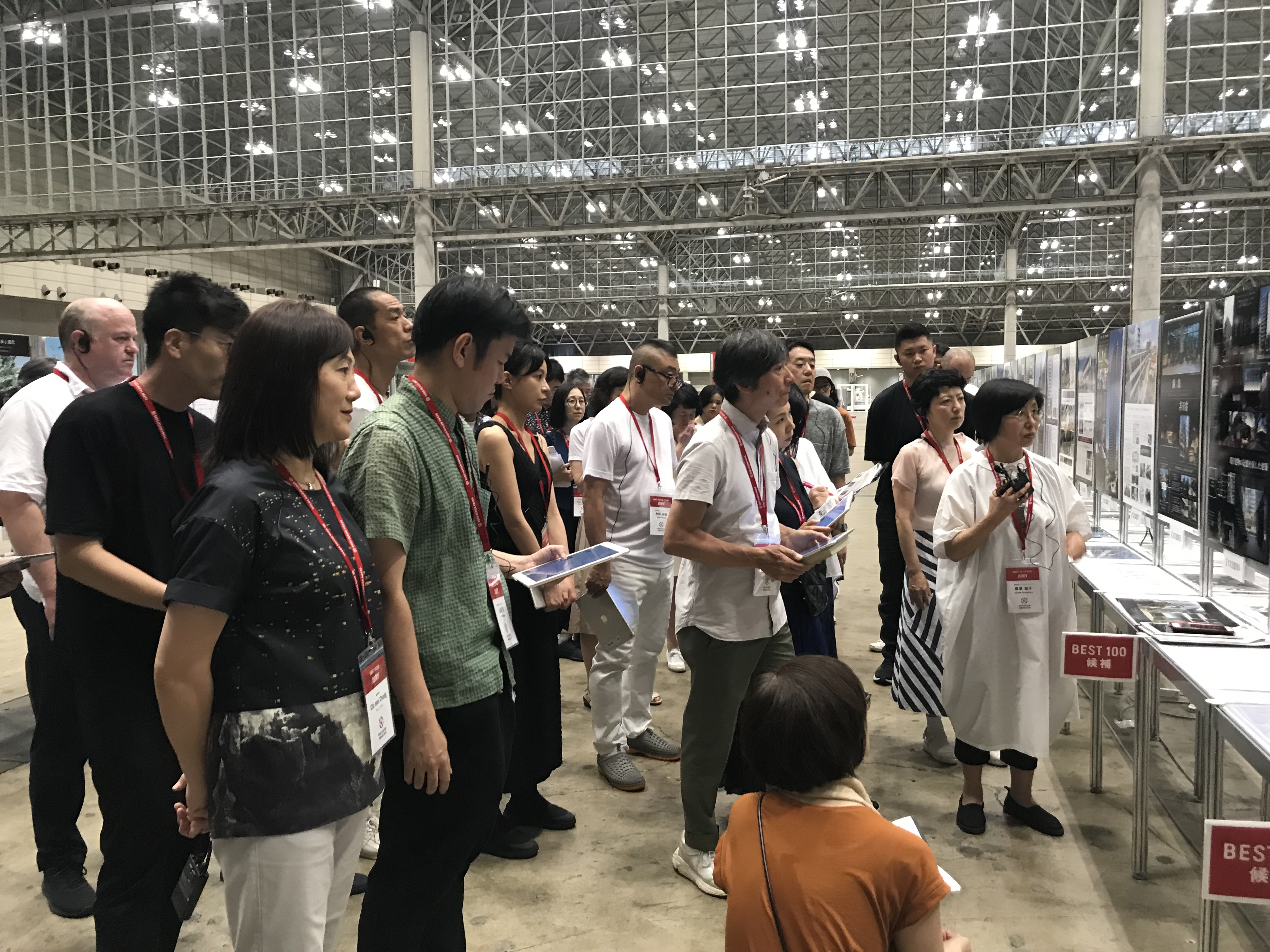 Design yet or soon to be launched will be displayed and explained confidentially in partitioned rooms(left)、All judges took a view of the Best 100(right)
Design yet or soon to be launched will be displayed and explained confidentially in partitioned rooms(left)、All judges took a view of the Best 100(right)
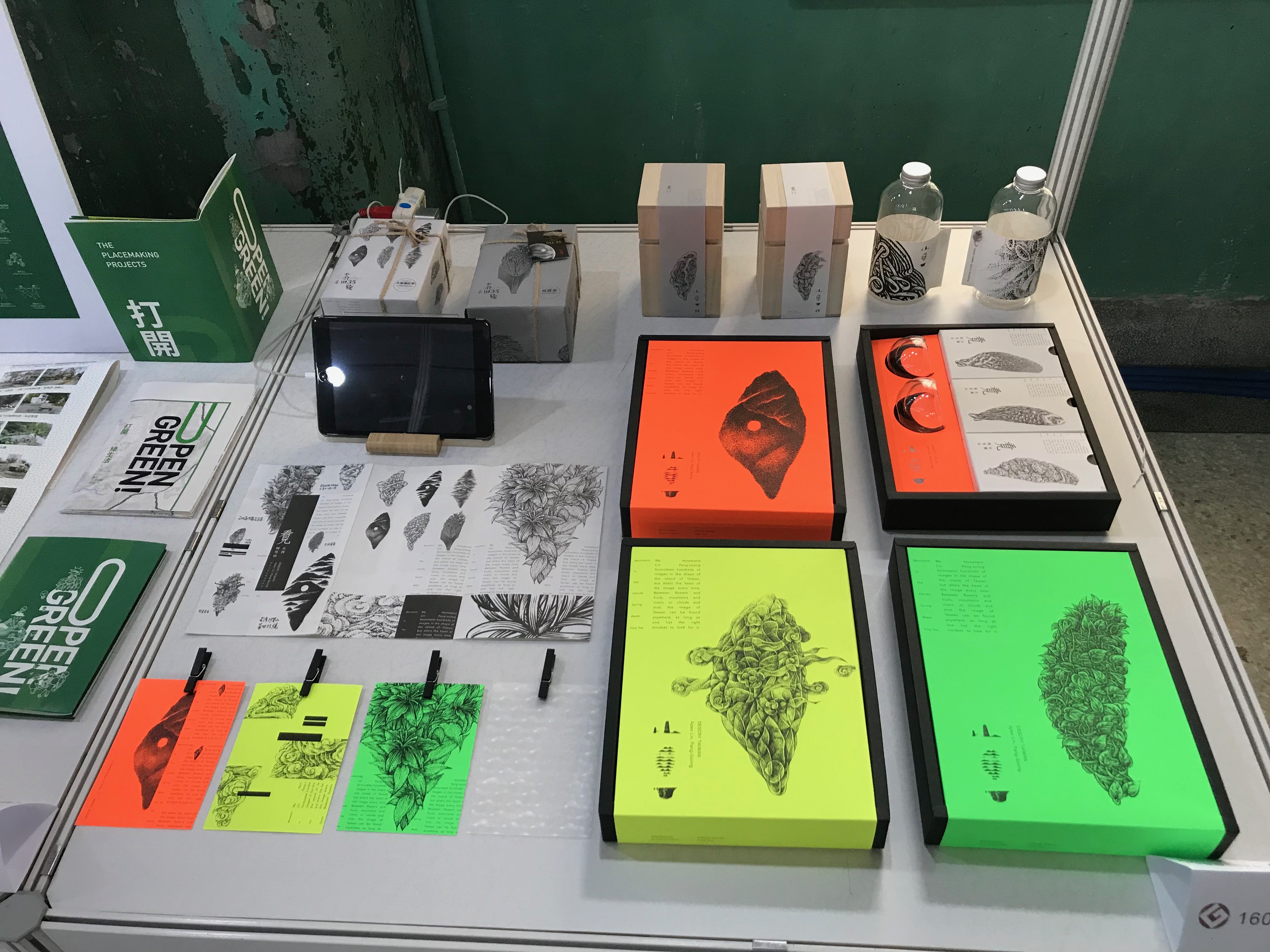
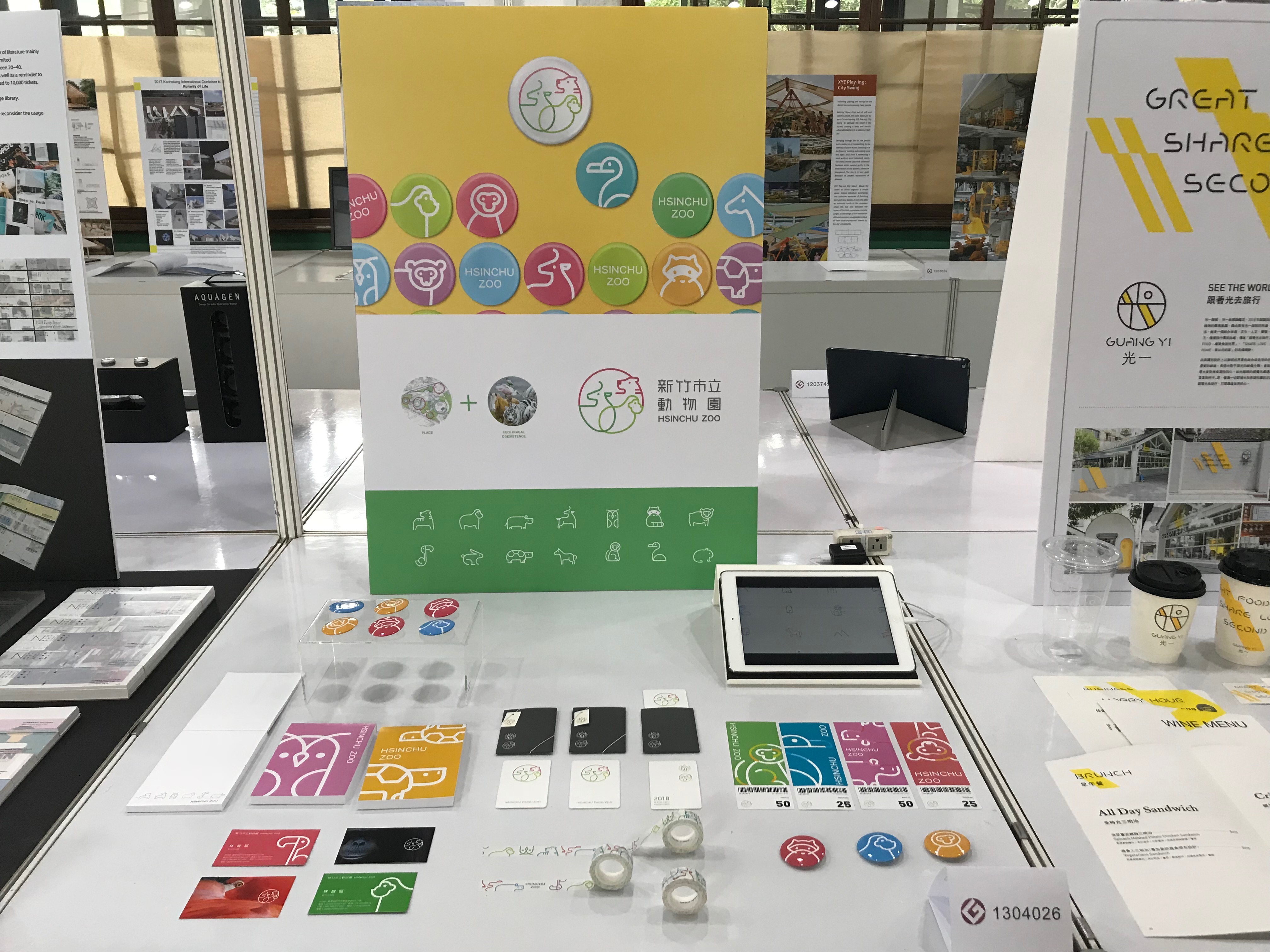 Onsite display in the judging session in Taiwan
Onsite display in the judging session in Taiwan
